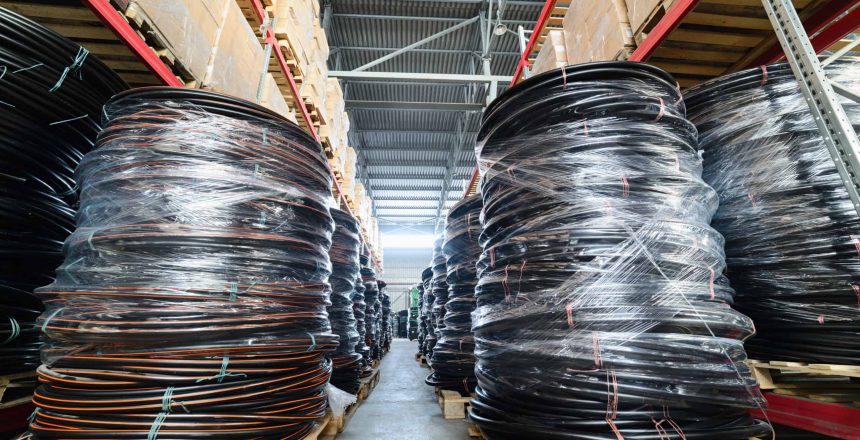Everyone knows you have to stretch wrap your pallets before they go out the door. But do you know why it’s important? Better yet, do you understand the right way to stretch wrap your loads to minimize loss and damages?
According to national statistics, approximately 50 percent of in-transit damages are the result of ineffective stretch wrapping.
You read that right—50 percent. Here’s what that number tells us: A whole lot of companies don’t understand why they’re stretch-wrapping, and they’re experiencing an unacceptable level of loss because they don’t know the right way to wrap their loads.
Here’s what you need to ask yourself before your pallets leave the dock.
Do you have enough containment force?
This is crucial. Your load needs to be wrapped tight to prevent it from shifting or losing integrity during the shipping process. If your loads don’t have enough containment force, you’re almost guaranteed to experience damages and load failures before they reach their destination.
Note: If you’re serious about reducing damages due to weak containment force, we have tools you can use to measure the containment force on your loads.
Are your loads locked to the pallet?
Simply applying stretch film all the way down to the bottom of the pallet isn’t enough to secure your loads. One forklift blade or pallet jack can sever that stretch film on the first pass.
To prevent this from happening, we recommend using a film cable that’s strong enough to secure your load to the pallet.
Does your pallet have a tail?
Too often the excess stretch wrap at the bottom of the pallet is left dangling or trailing the load. This gets tangled in forklift wheels, caught on other pallets, or unraveled on conveyors along the way.
Some large distribution centers will even reject loads with pallet tails.
So, to eliminate damage to your load, it’s always best to clip excess film to ensure it doesn’t come undone in transit.
Is your stretch film reliable?
Sometimes you can follow every one of the above steps and still experience load failures. Why? Simply because the stretch film you’re using has flaws or structural integrity issues caused by resin imperfections or poor manufacturing standards.
Cheap stretch film won’t save you any money down the line if your loads don’t arrive intact. Never cut corners on stretch film.
Are you using the right gauge of stretch film?
Even if you have quality stretch film on hand, it can still cause load failures if the gauge is too thin to create and maintain the proper containment force necessary to secure the load.
Be sure you’re using the right thickness and quality of stretch film necessary to protect your loads.
Ready to shrink your load failures?
If you need help reducing product loss and damages due to load failures, be sure to call us first. We have years of experience helping our clients find the solutions they need to thrive.

